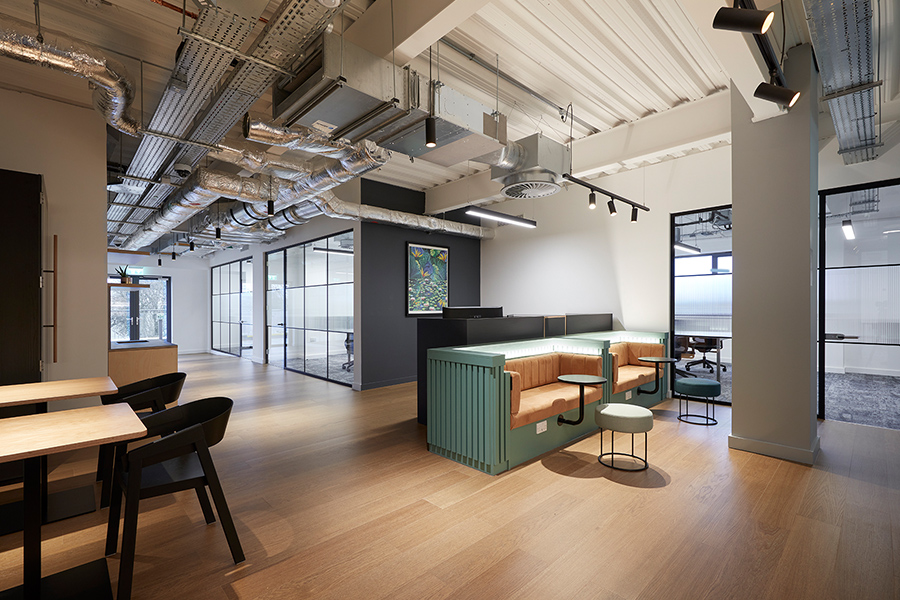18 months ago, the idea of having to foster productive collaboration between a global team was virtually unimaginable for most smaller businesses.
As a hybrid workforce becomes the rule rather than the exception for many, here’s how to find success using tried and tested methods, flexible office solutions and a lot of intention.
According to research by Gartner, 71% of HR leaders are more concerned about employee collaboration than they were pre-pandemic. Whilst productivity levels have soared, the collaborative efforts have, unsurprisingly, sunk to a new low. The fact of the matter is that with a virtual office or a hybrid team, you don’t have that natural ebb and flow of the working day, the visual cues, subtle body language and informal watercooler interactions that sometimes lead to lightbulb moments.
However, there is no reason that collaboration between the hybrid workforce can’t be successful if you follow the below steps to encourage intentional, effective synergy, wherever the employee:
1. Strategies
Behind every productive collaboration lies a well-structured strategy. Consider how you are going to facilitate these moments between people and departments- how will it be communicated? Which platforms will be used to get the ball rolling between on-site and remote staff? How far in advance should an invite be sent? Incorporating one-to-one time with management to identify collaboration opportunities should also be an integral part of this planning process.
2. Creating Informal Interactions
Hybrid collaboration techniques necessarily need to involve intentional strategies while retaining some element of spontaneity- no mean feat! One of the ways that this balance can be achieved is by making space in the working day for informal interactions. To open up a creative dialogue, can be as simple as allocating a little bit of time after a meeting with no set agenda to let the team informally mull over the project at hand.

Clockwise Cheltenham
3. Tools
Successful hybrid collaboration needs decent equipment. Good audio and picture quality for remote meetings and access to a collaboration tool like Miro is key. According to Deloitte, 75% of workers have used at least two types of new technology over the past year so we, as a whole, have never been so digitally proficient.
4. Rethink office space
The traditional office can be a weighty financial burden for a hybrid team with its large overheads which is why options like a virtual office, a coworking space or even a traditional private office rental without the fixed costs can be a real win. All of these options allow for the necessary changes in processes when working within the hybrid framework, from how you host meetings to how the team collaborates.
5. Office visits
You may have a team with employees who are predominately happy working remotely. However, there is no real virtual equivalent to being able to realign on the company vision and generally building those work relationships in person. Our flexible office solutions take into account that the space needed for your company may fluctuate as your team drop in for a day or week of work.
Taking all of these factors into consideration, we can see that a transparent framework with open lines of communication and intentional opportunities to get together both online and offline are integral to profit from the hybrid model. Whilst it may be a change to the way you do business, it can be one for the better with the right structures in place.
Whilst we can’t plan the strategies for you, we can provide the bespoke, flexible office solutions to turn the act of fostering hybrid collaboration from a mountain to climb into plain sailing. Get in touch to find out how.




